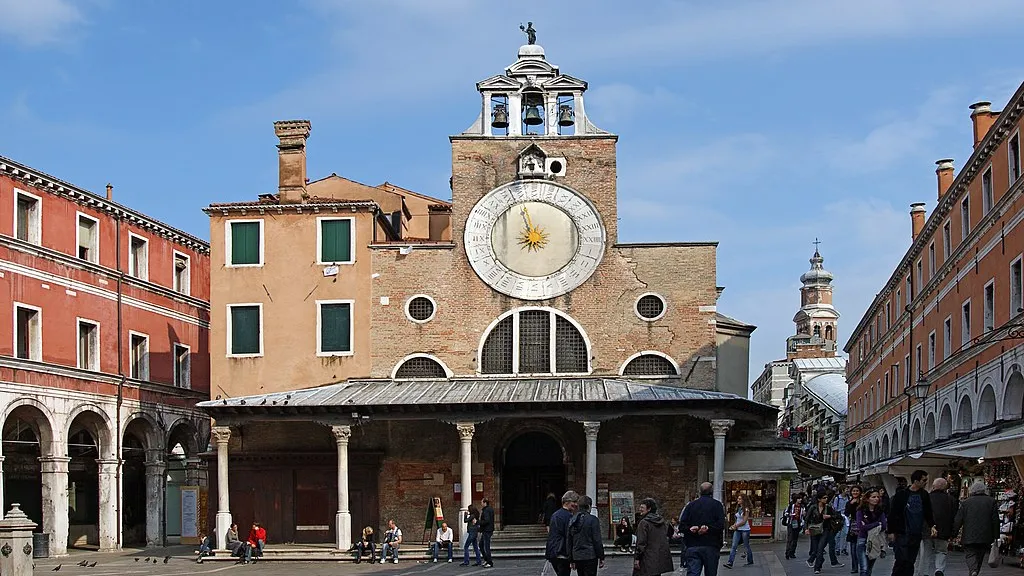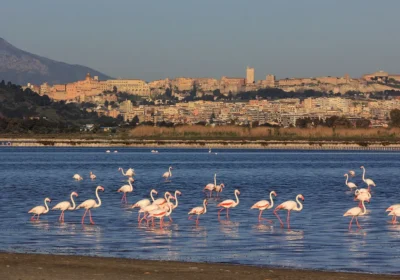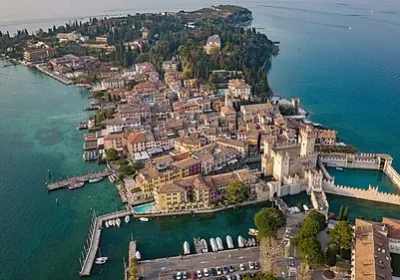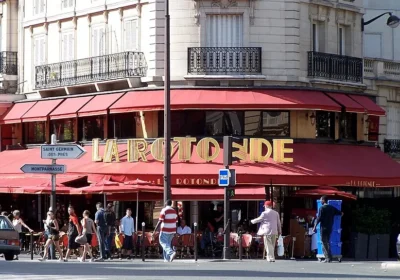On the tour you will see:
San Marco is the main square of Venice;
San Polo is one of six neighbourhoods, the area gets its name from Campo San Polo, the largest in Venice after Piazza San Marco, and from the church of the same name. The western side of the neighbourhood is known for its remarkable churches. While the eastern side of the neighbourhood is home to striking palazzos;
Santa Croce is one of Venice’s six historic districts. It is located in the centre, between the San Polo and Cannaregio districts;
Dorsdoduro is one of the six neighbourhoods. It is located between the city centre and the lagoon. The name comes from the hard ground and relatively high shore in this area of the city;
The Rialto Bridge, the pride of Venice, is a single-span arch bridge long considered an architectural marvel;
Bovolo’s Staircase – The tower appears lacy with its spiralling arcade;
The palaces on the Rialto promenade – You’ll learn about the legends and curiosities of the area;
The Fish Market – The market is located next to the Rialto Bridge in the San Polo district. The first place to visit is the fish pavilion, where the seafood trade is brisk;
Ca d’Oro Palace – The Ca d’Oro is a material embodiment of beauty that has many names. Its official name is Palazzo d’Oro, aka Palazzo Santa Sofia, but popular opinion has long dubbed it the Golden House
The ancient quarter of the courtesans
Ponte delle Tette (“Bridge of Busts”) – its name comes from the use of the bridge by courtesans who were encouraged to stand on it with their upper bodies exposed
Piazza Frari – it combines many historical sites and monuments;
Nineteenth-century bohemian café known for the “ghost of Ninny the cat”;
Cathedral of Santa Maria Gloriosa dei Frari – This is one of the most art-rich cathedrals;
Scuola (Community) of San Rocco – Founded in 1478 by the Brotherhood of San Rocco and belongs to one of the six Venetian large scuola (charitable organisations of laymen attached to monastic brotherhoods);
Academia Wooden Bridge – Erected in 1934. It was designed by Eugenio Miozzi as a temporary structure.





